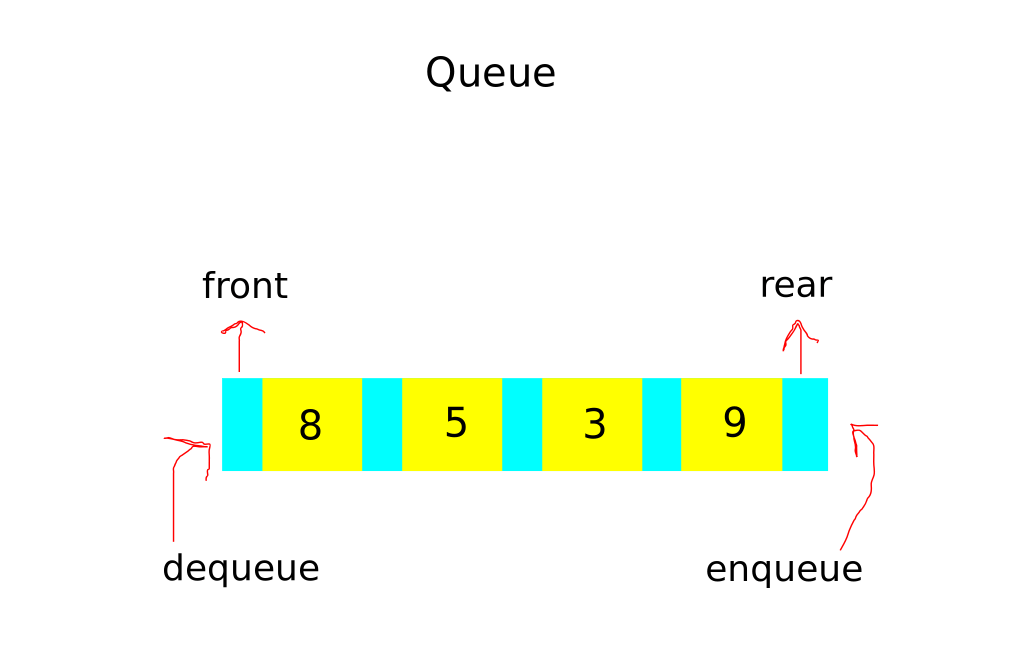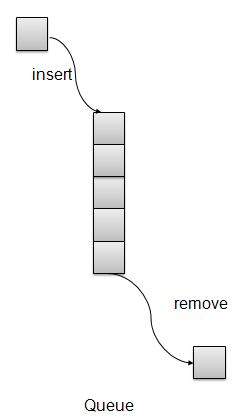
This queue orders elements FIFO (first-in-first-out). ToArray().An optionally-bounded blocking queue based on Note that toArray(new Object) is identical in function to
JAVA QUEUE DOCS CODE
The following code can be used to dump the queue into a newly Suppose x is a queue known to contain only strings. Under certain circumstances, be used to save allocation costs. Precise control over the runtime type of the output array, and may, Like the toArray() method, this method acts as bridge betweenĪrray-based and collection-based APIs. The array immediately following the end of the queue is set to (i.e., the array has more elements than this queue), the element in If this queue fits in the specified array with room to spare Specified array and the size of this queue. Otherwise, a new array is allocated with the runtime type of the If the queue fits in the specified array, it is returned therein. The returned array elements are in no particular order. Runtime type of the returned array is that of the specified array. Returns an array containing all of the elements in this queue the Specified by: drainTo in interface BlockingQueue Parameters: c - the collection to transfer elements into ma圎lements - the maximum number of elements to transfer Returns: the number of elements transferred Throws: UnsupportedOperationException - if addition of elements Modified while the operation is in progress. This queue and adds them to the given collection. Removes at most the given number of available elements from

It from being added to the specified collection Queue, or some property of an element of this queue prevents Prevents it from being added to the specified collection NullPointerException - if the specified collection is null IllegalArgumentException - if the specified collection is this Is not supported by the specified collection ClassCastException - if the class of an element of this queue Specified by: drainTo in interface BlockingQueue Parameters: c - the collection to transfer elements into Returns: the number of elements transferred Throws: UnsupportedOperationException - if addition of elements This operation is undefined if the specified collection is

Attempts to drain a queue to itself result in A failureĮncountered while attempting to add elements toĬollection c may result in elements being in neither,Įither or both collections when the associated exception is This operation may be moreĮfficient than repeatedly polling this queue. Removes all available elements from this queue and adds them Static final AtomicLong seq = new AtomicLong(0) New FIFOEntry(anEntry) instead of a plain entry object. ForĮxample, here is a class that applies first-in-first-out Secondary key to break ties in primary priority values. Ordering, you can define custom classes or comparators that use a Operations on this class make no guarantees about the ordering Order and place them in another collection. Also, method drainToĬan be used to remove some or all elements in priority The PriorityBlockingQueue in any particular order. The Iterator provided in method iterator() is not guaranteed to traverse the elements of

Optional methods of the Collection and Iterator interfaces. This class and its iterator implement all of the Non-comparable objects (doing so results in A priority queue relying on natural ordering also does not permit insertion of Unbounded, attempted additions may fail due to resource exhaustion

The same ordering rules as class PriorityQueue and suppliesīlocking retrieval operations.


 0 kommentar(er)
0 kommentar(er)
